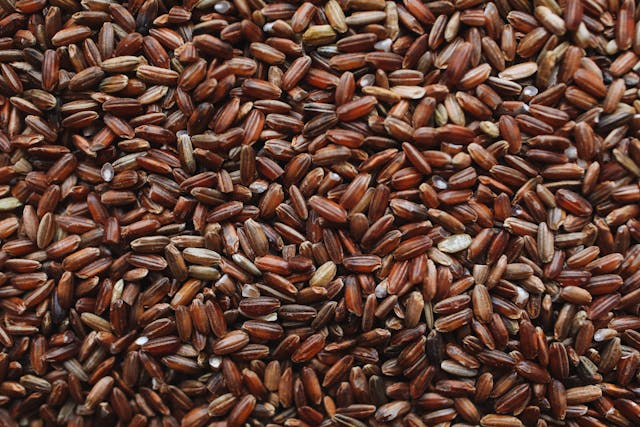

There’s nothing quite like the farm-to-table experience. The freshest food, locally grown and served sustainably. However, growing your own food and enjoying the fruits of your own labor is even more rewarding, and even If you live in the tiniest of apartments, you can still explore a range of home gardening option. Here, we take a look at 5 ways to farm, wherever you are currently living.
In the Garden
If you’re lucky enough to have a garden, then you’re already well placedto put your green fingers to work. However, there’s no need to give up your day job to “work the farm”, and you can make use of even the smallest space to grow a variety of fruit, veg, and herbs. In fact, even the most depressing concrete covered yard can be a great place to grow food—you only need a little imagination.
If you are limited for space, then vertical gardening is a great way to turn a wall into a viable garden. You just need a few pots or raised beds and a trellis. Both cucumbers and tomatoes are ideally suited to this type of space, but you can also grow peppers, beans, peas, and even melons. Additionally, if you have space, composting your organics is the perfect way to make free fertilizer and reduce the amount of waste that ends up in landfill.
On the Balcony
For high-rise living, there’s plenty of opportunities to make use of your balcony and grow a broad range of produce. Herbs and spices work great in balcony planters, but you can also grow lettuce leaves, kale, and spinach—so you’ve always got a delicious salad to hand. What’s more, depending on the size of your terrace, you can try a fewminiature fruit trees such as orange, lemon, and lime, that will also provide a welcome dash of color for city living.
In Water
Hydroponics is a slightly more technical approach to food production, and a method that requires no outside space whatsoever. Basically, hydroponics uses a soilless medium (such as clay pellets) and a nutrient rich, water-based solution to feed the plants. Hydroponics systems can be set up either in a place with natural sunlight, or under UV lamps.
Now, if all this sounds a little too technical to try at home, then relax. In truth, anyone can get started with hydroponics with just a few basic materials and a little knowledge—say hello to window farming. Windowfarms.org is an online community dedicated to providing people with everything needed to build small-scale hydroponics setups. Check it out and discover a wealth of opportunity for growing great food in any space.
With Your Fish
Aquaponics is kind of like Hydroponics’ fishy cousin. In essence, it is basedaround the same type of system, with the clay pellets and water-based plant food doing all the work. However, with aquaponics, rather than add solutions into your system manually, a few fish will provide your plants with all of the nutrients they need.
Aquaponics is what’s known as a closed system, a concept big in permaculture circles. This means you simply have to set it up and enjoy the rewards—with just a little maintenance along the way. If you are interested in aquaponics, a great place to start is with these convenient home-based systems that take up very little space and will help teach you the basics.
In the Dark
You need lots of space and plenty of light to grow food at home, right? Wrong! If you literally don’t have a single ray of sunshine come through your window, then you can still get growing. Home mushroom kits are a great way to produce fantastic fungus in even the darkest of apartments, and there’s a staggering range of species that will work. Damp basements make the ideal home for mushroom gardens, but you can equally make use of spaces under the stairs or even just a warm, dark cupboard.
About the Author
RTS is a B-Corp committed to building a more sustainable world. We are an innovative waste management service provider that connects businesses to trash haulers through cutting-edge technologies. In particular, we work with companies to correctly process food waste and encourage waste minimization and prevention through LEED accredited training.



